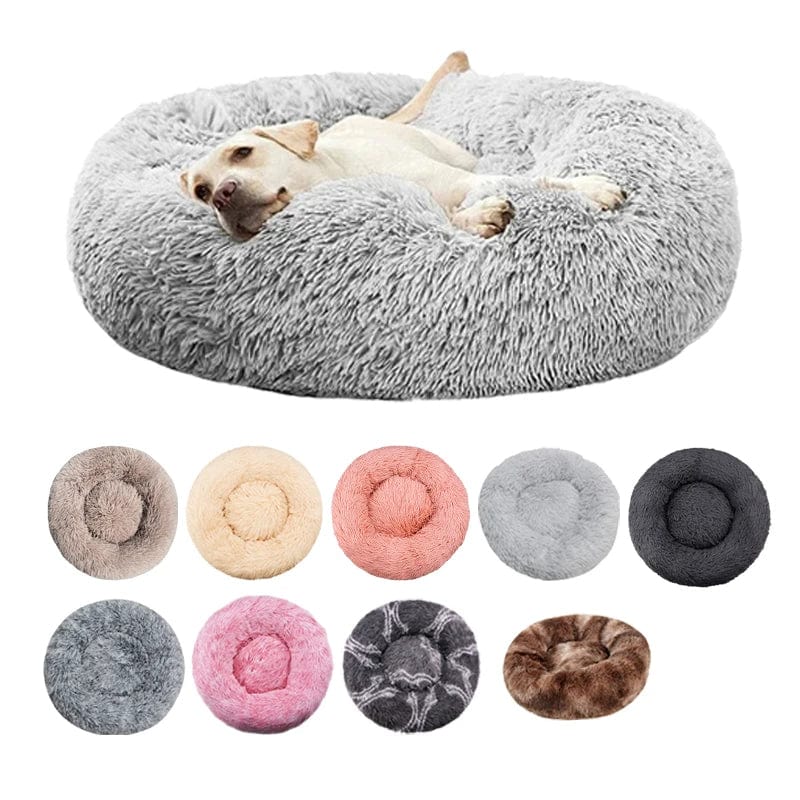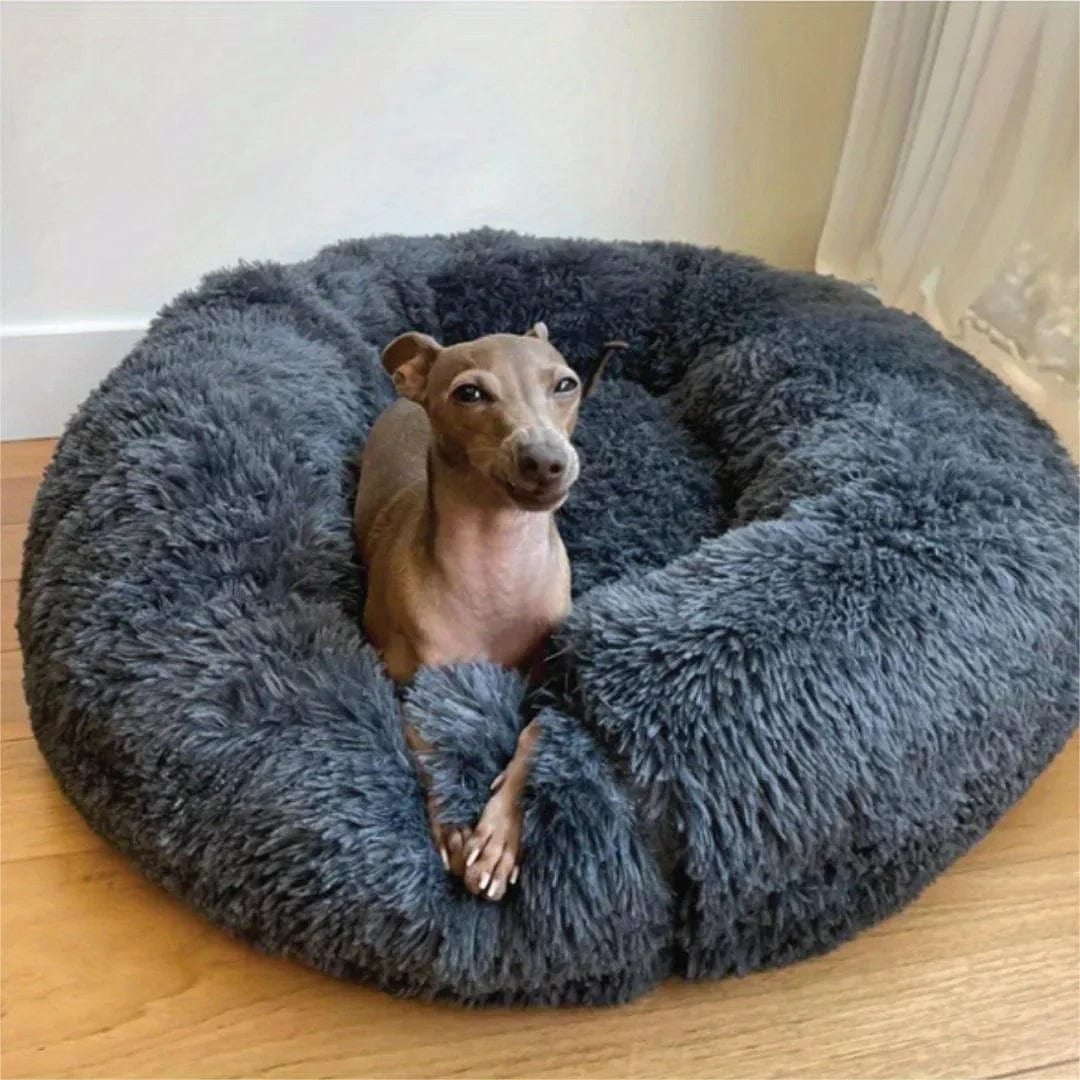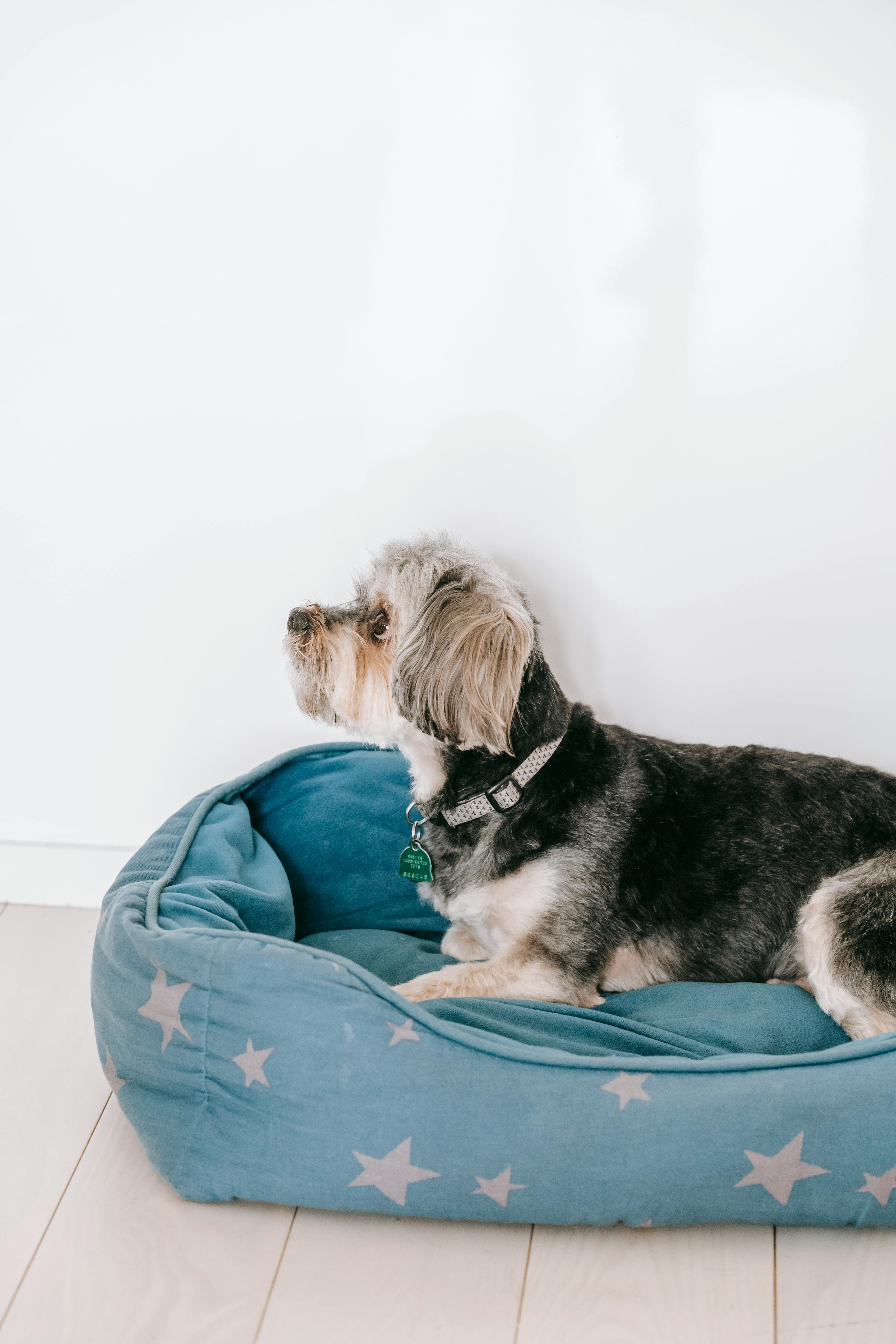Frequently Asked Questions
1. What are puzzle toys and how do they benefit dogs?
2. How do I choose the right puzzle toy for my dog?
3. How can I incorporate puzzle toys into my dog's routine?
4. Can dogs really learn through play with puzzle toys?
5. What should I monitor while my dog is playing with puzzle toys?
When it comes to pet ownership, the focus is often on meeting the basic needs of our furry friends: food, water, shelter, and exercise. However, an equally important aspect that is sometimes overlooked is mental stimulation. Enter puzzle toys—a perfect solution for pet owners looking to enrich their dog’s life. Incorporating learning into playtime with puzzle toys not only keeps dogs entertained but also encourages cognitive development. In this article, we will explore how puzzle toys can blend fun and education, making playtime more productive for our canine companions.
Understanding the Benefits of Puzzle Toys
Puzzle toys are designed to challenge dogs mentally and physically. They require problem-solving skills, encouraging your pet to think critically. This engagement leads to a variety of benefits:
- Reduces Boredom: Dogs, much like humans, can become bored if they lack stimulation. Puzzle toys provide the mental challenge that keeps doggos engaged.
- Encourages Behavioral Development: Using puzzle toys can contribute to better behavior. Engaged dogs are less likely to engage in destructive habits and more likely to abide by household rules.
- Strengthens Bonding: Playing with puzzle toys enhances the bond between the dog and its owner, promoting teamwork as you guide your pet through the challenges.
- Offers Physical Exercise: Many puzzle toys require physical interaction, promoting exercise even during indoor playtime.
Choosing the Right Puzzle Toys for Your Dog
With so many puzzle toys available on the market, it can be overwhelming to find the ideal one for your furry friend. Here are some factors to consider:
Age and Size of Your Dog
It’s essential to select a puzzle toy suitable for your dog's age and size. Young puppies may benefit from simpler puzzles, while adult dogs might enjoy complex challenges that stimulate their intellectual capabilities. Large breeds might require sturdy toys that can withstand their strength, whereas smaller dogs need toys that are appropriately sized to prevent choking hazards.
Interactivity Level
Puzzle toys can vary in terms of interactivity. Some require your dog to nudge or paw at the toy to reveal treats, while others may entail varying levels of mental challenges. Assess your pet’s activity level and adjust the complexity of the toys accordingly.
Material Quality
Safety is paramount, so choose toys made from durable and non-toxic materials. Dogs love to chew, and low-quality toys can break down quickly, posing a risk to your pet’s health.
How to Incorporate Puzzle Toys into Your Dog’s Routine
Once you've selected the perfect puzzle toy for your canine companion, the next step is to seamlessly integrate it into their daily routine. Here are some tips:
Designate Playtime
Create a specific time during the day when your dog can enjoy their puzzle toy without distractions. This could be right after meal times or during your lunch breaks. By setting a routine, your dog will learn to look forward to structured play.
Mix It Up
To maintain excitement and interest, mix different types of puzzle toys. Combining various styles keeps your dog mentally stimulated as they learn how to tackle different challenges.
Incorporate Treats
Make sure to reward your dog with their favorite treats when they successfully solve the puzzles. This positive reinforcement will motivate them to engage more with the toys and improve their learning experience.
The Science Behind Learning Through Play
Many pet owners may wonder if dogs can truly learn while playing. Research confirms that play is crucial for cognitive development in dogs, offering them various opportunities to solve problems. When dogs engage with puzzle toys, they are essentially undergoing a learning process similar to humans. Here’s how play fosters learning:
- Critical Thinking: Solving puzzles requires dogs to think critically about how to access the treats within them, promoting their problem-solving skills.
- Environmental Interaction: As dogs engage with puzzle toys, they learn about their environment, honing their ability to adapt and think creatively.
- Sensory Stimulation: Many toys engage multiple senses (sight, smell, and touch), piquing dogs’ curiosity and enhancing their overall senses.
Enhancing Playtime with Other Toys
While puzzle toys are excellent for cognitive development, they can be combined with other types of toys. Here are some suggestions:
Chew Toys
Dogs have a natural instinct to chew. Chew toys can provide additional mental stimulation as dogs work through the textures and tastes. Look for durable chew toys that can keep your pup engaged while also promoting dental health.
Glow in the Dark Dog Collars
Incorporating a glow in the dark dog collar into your dog's playtime can enhance the activity, especially in low-light conditions. These collars provide an added layer of safety while your dog explores, allowing you to keep an eye on them even after sunset.
Fetch and Tug Toys
Playing fetch or tug-of-war not only gives physical exercise but also helps in reinforcing training commands. Including these types of toys during playtime will provide a well-rounded activity session.
Monitoring Playtime for Maximum Benefits
As with any activity, supervision is crucial. Always monitor your pup while they are engaged with puzzle toys and other interactive items. This way, you can ensure they are using them safely and effectively. If they seem frustrated or bored, consider switching the toy or offering assistance.
Tracking Progress
Keep track of how satisfied and challenged your dog appears when using these toys. Observing your dog's approach to solving puzzles can provide insights into their level of engagement and enjoyment.
Final Thoughts: Crafting Lifelong Learners Through Play
Incorporating learning into playtime with puzzle toys opens a world of cognitive development opportunities for your canine companion. Not only do puzzle toys help prevent boredom and destructive behavior, but they also promote interactive play that fosters bonding. As you consider the evolving needs of your dog, remember to include various toys in their routine to keep the experience fresh and engaging.
Equip your furry friend with exciting puzzle toys and watch as they transform into a lifelong learner, all while having fun! And don’t forget the radiant glow in the dark dog collar that will keep your pup safe and stylish during those late-evening adventures.



